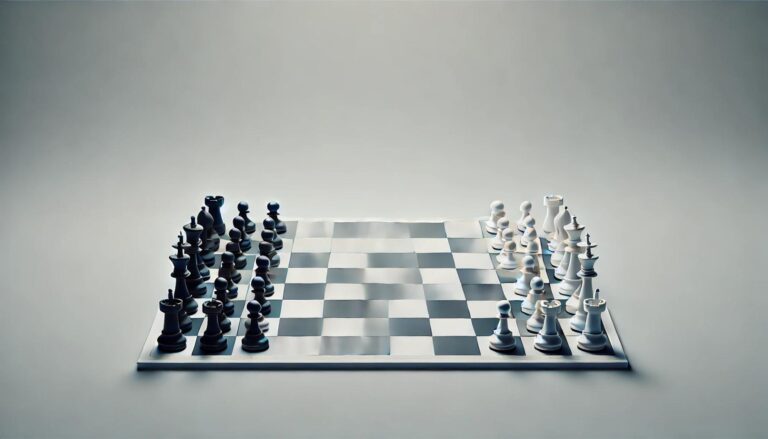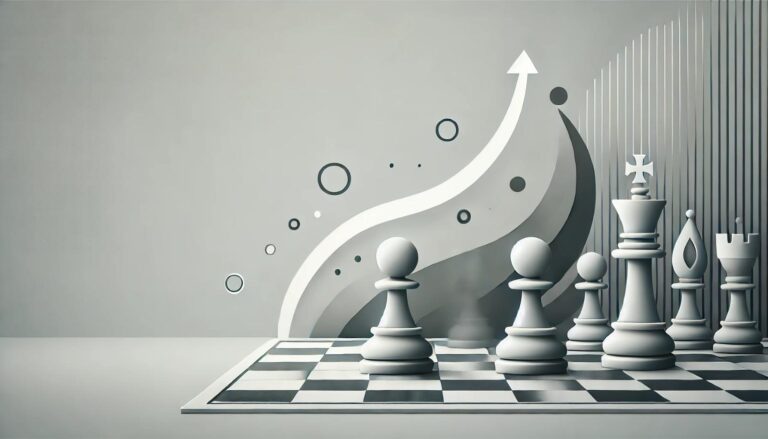Introduction
Chess is a popular and strategic board game played by millions of people around the world. It is a game of skill and intelligence that has been played for centuries. But when was chess invented? The exact origins of chess are still debated, with various theories and legends surrounding its invention. In this article, we will delve into the history of chess and explore the different theories surrounding its creation.
Origin Theories
The origins of chess can be traced back to ancient civilizations, with some theories suggesting that it originated in India, China, or Persia. The earliest historical evidence of a game resembling chess can be found in ancient Indian texts dating back to the 6th century. However, the game described in these texts was not exactly the same as modern-day chess, as it did not have the same rules and pieces.
Some historians believe that the game was invented in China, where it was originally called “xiangqi” or “elephant game”. The game was later introduced to Persia and then spread to the Arab world, where it became known as “shatranj”. The Arab version of the game had slightly different rules and pieces than the Indian and Chinese versions.
Another theory suggests that chess originated in Persia, where it was played as a military strategy game. The ancient Persian version of chess, known as “chatrang”, had similar rules and pieces to modern chess, supporting the idea that Persia was the birthplace of the game.
The Birth of Modern Chess in Europe
The game of chess as we know it today, with its modern rules and pieces, is believed to have originated in Europe during the 15th century. The game was brought to Europe by traders and travelers, who were exposed to various versions of the game in the Middle East and Asia. The evolution of chess in Europe can be traced through various historical records and documents.
One popular theory is that chess was brought to Europe by the Moors, who conquered parts of Spain in the 8th century. The Moors were known for their advanced skills in mathematics and strategy, and they may have introduced the game of chess to Europe during their conquests. The word “chess” itself is believed to be derived from the Arabic word “shatranj”.
In the 11th century, chess became increasingly popular in Europe and various versions of the game began to emerge. However, it was not until the 15th century that modern chess started to take shape. During this time, the pieces that we know today were standardized, and new rules were introduced, such as the ability for pawns to move two squares on their first move.
Evolution of Chess Through the Ages
Chess continued to evolve and gain popularity throughout the centuries, with new strategic techniques and playing styles emerging. In the 19th century, the modern tournament system was introduced, paving the way for professional chess players. The first official world chess championship was held in 1886 between Wilhelm Steinitz and Johannes Zukertort, with Steinitz emerging as the winner.
In the 20th century, chess reached new heights of popularity, with the rise of legendary players such as Bobby Fischer and Garry Kasparov. The development of technology also had a significant impact on the game, with the introduction of chess-playing computers and online platforms, making chess more accessible to the masses.
Today, chess is recognized as a sport by the International Olympic Committee and is played competitively by people of all ages and backgrounds. The game has come a long way since its inception and continues to evolve and adapt with the times.
Conclusion
The origins of chess may still be a mystery, but what we do know is that it has a rich and fascinating history. From ancient civilizations to modern tournaments, chess has captured the hearts of players and spectators alike. Whether it originated in India, China, or Persia, there is no denying the enduring appeal and complexity of this timeless game.



